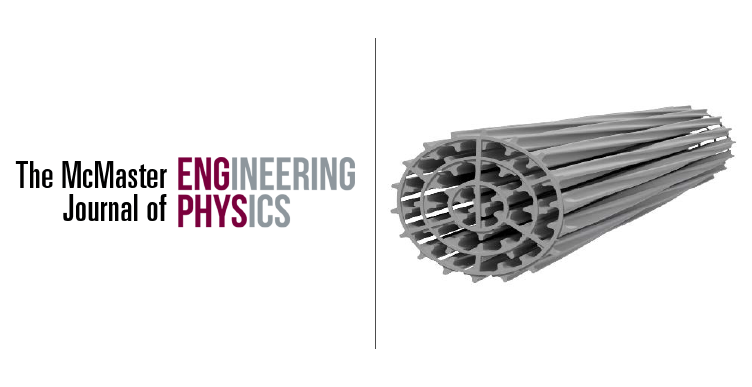An Introduction to Solar Simulator Devices
Abstract
Solar simulators are popular in the photovoltaic industry. These devices provide a controlled way to char- acterize and evaluate photovoltaic devices due to the simple problem of the sun being an inconsistent and periodically unavailable optical source. Though solar simulators are used to characterize photovoltaic devices, they themselves may be characterized based on three categories: spectral match, spatial non-uniformity, and temporal instability. Recent developments in this field have implemented LEDs as an optical source for solar simulators, which outperforms the currently popular xenon arc-lamp. The LED-based solar simulator also carries implications of potential usage in a commercial setting to provide buyers with LED lightbulbs closely mimicking natural light.
References
L. Edwards and P. Torcellini. A literature review of the effects of natural light on building occupants. National Renewable Energy Laboratory, 47, 2002.
ASTM International. Standard specification for solar simulation for photovoltaic testing. 1, 2010.
Neal W.R. Serreze H.B. Linden, K.J. Adjustable spectrum led solar simulator. SPIE Journal, 9003, 2014.
ASTM International. Standard tables for reference solar spectral irradiances: Direct normal and hemispherical on 37 degree tilted surface. n/a, 1, 2012.
A.H. Kitai. Principles of Solar Cells, LEDs, and Diodes. Wiley, 1 edition, 2011.
Gerald; H. Dehmelt Gabrielse. Observation of inhibited sponta- neous emission. Physical Review Letters, 55, 1985.
Downloads
Published
Issue
Section
License
Authors who publish with this journal agree to the following terms:Authors retain copyright and grant the journal right of first publication with the work simultaneously licensed under a Creative Commons Attribution License that allows others to share the work with an acknowledgement of the work's authorship and initial publication in this journal.
Authors are able to enter into separate, additional contractual arrangements for the non-exclusive distribution of the journal's published version of the work (e.g., post it to an institutional repository or publish it in a book), with an acknowledgement of its initial publication in this journal.
Authors are permitted and encouraged to post their work online (e.g., in institutional repositories or on their website) prior to and during the submission process, as it can lead to productive exchanges, as well as earlier and greater citation of published work.


